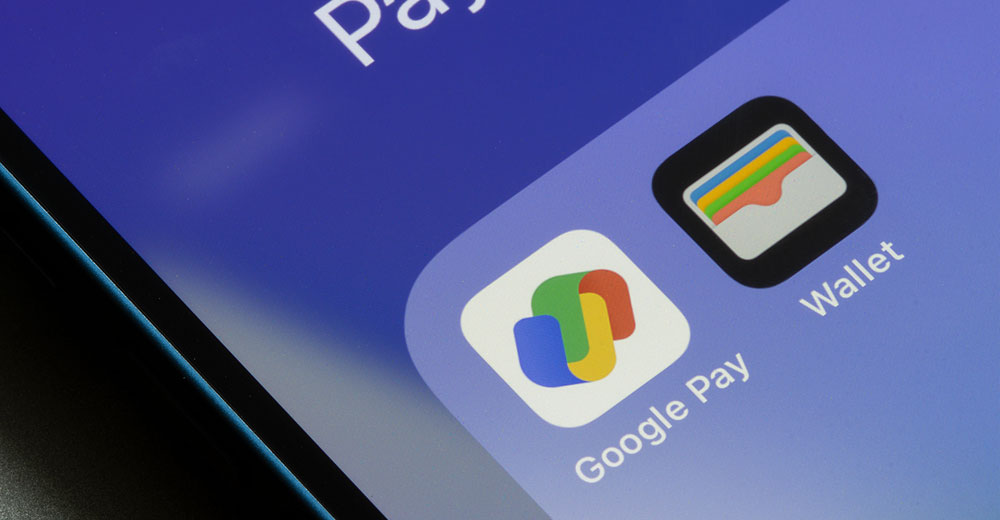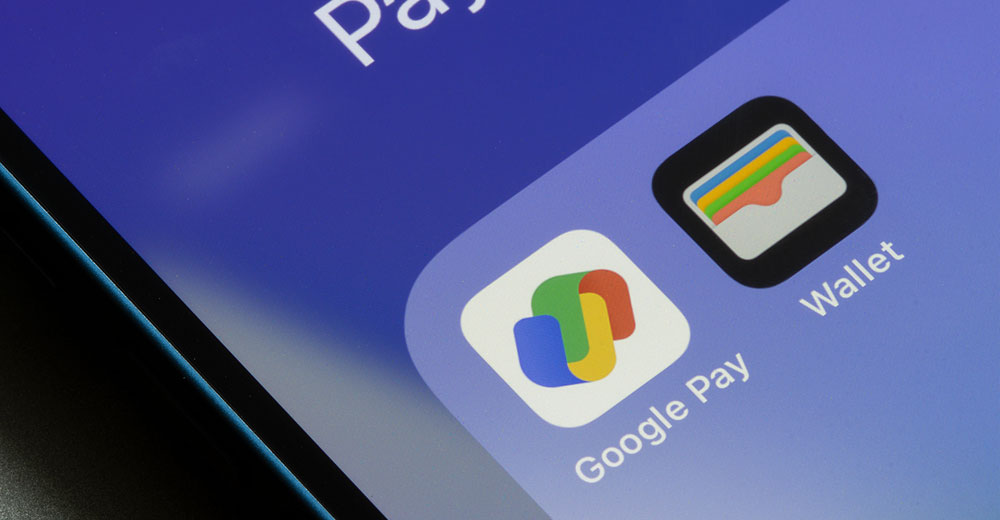The Wall Street Journal reported that the bank wallet, which is being developed Early Warning Services (EWS), an enterprise owned by a bank and operates the money-transfer service Zelle, would be linked with a consumer’s credit and debit cards and enable them to purchase from online merchants easier.
Capital One, PNC Financial, U.S. Bancorp and Truist Financial Corp. are also participating in the venture.
The motivation is to slow down Apple and Google’s rapid growth in the financial transactions space, said Ross Rubin. Rubin is a principal analyst at Reticle Research in New York City, a consumer tech advisory firm.
Rubin, a spokesperson for the E-Commerce Times, said that the banks wanted to recover the portion of Apple’s transaction when a credit cards is used in conjunction with Apple Pay.

Financial Services Sector Competition
The Journal reports that banks are concerned about losing control over their customer base. Apple is seen as a major threat by the banks, particularly with Apple’s reported move into Goldman Sachs savings accounts and a possible “buy now, pay later” offering.
Digital wallets threaten all financial services. Goldman Sachs has partnered with Apple in order to remain competitive, Tim Bajarin of Creative Strategies, an advisory firm based in San Jose, Calif. told the E-Commerce Times.
Mark N. Vena is president and principal analyst of SmartTech Research, a San Jose-based firm.
Vena, a spokesperson for E-Commerce Times, said that Apple and PayPal have focused primarily on small businesses and consumers, while legacy financial service firms have concentrated on large corporations, corporate business transactions and mortgages.
If Apple and PayPal begin to explore these areas, the financial services firms will be more active to try to “cut off that at the gate.” ‘”
The Banks must Overcome the Consumer’s Inertia
The Journal reported that banks anticipate 150 million cards to be eligible for the new wallet once it is introduced. The program is open to any U.S. customer who has paid their credit card on time, used the card online and provided an email address and phone number.
The Journal reported that while the details of the interface are still being developed, the wallet is likely to involve entering an email address into a merchant’s check-out page, loading a credit card using EWS’s connections with banks, and then letting the buyer choose which card they want to use for payment.
Even though integration with banks is beneficial to the wallet, there are other factors that will attract customers.
Dayna Radbill is a senior Gartner research director. She said that in order to encourage the adoption of the new technology, banks will have to add value to the consumer.
She added that enrolling consumers in the wallet program will not make it successful. It’s not enough to enroll consumers, which is something they can do when opening a bank account. They need to get them using the wallet, Radbill said.
She added, “Consumers have a lot of habits.” The biggest obstacle to overcome is inertia. When a consumer’s needs are met, it is easier to convince them to change than if there is a gap.
Newbies: A Rough Road
Radbill added that even if banks were successful in enroling wallets, they would still have to convince merchants of the benefits.
She said, “That will probably require some technical investment from the merchant’s end.” “The merchant must be convinced there is something in it for him.”
She explained that “typically, they are looking for a large consumer base to use and demand a specific wallet.” The challenge is not just to convince consumers to use the wallet, but also to convince merchants to join in.
Bajarin said that the introduction of a bank card is more about keeping banks competitive and retaining service fees than it is about gaining a digital advantage.
He said that “PayPal and Apple Pay have huge leads in digital wallets.” The challenge for banks is to convince their customers to choose their services over those of competitors.
Vena points out that it is difficult for a newcomer to enter the digital wallet market.
He told the E-Commerce Times that “the space is already crowded and differentiation of surfaces is becoming more challenging”.
He continued, “Newcomers need massive capitalization in order to enter the market – which is often achieved by partnering with a bank or financial institution that has a long history. The competition over fees also makes it hard to achieve reasonable profitability.”
He added that the field was so crowded, with established players like Apple, Google Venmo and PayPal, it made it difficult for newcomers to articulate a value proposition that is compelling and differentiated.
Home Screen Presence
Rubin said that consumers do not need multiple digital wallets.
He explained that the default operating system on a smartphone is one provided by the vendor. Apple and Google are the only vendors that have contactless payment integration. Other vendors may have wallets but do not have it.
He noted that banks might be able strike a deal to gain some visibility on the home screen of a phone. He said that with Samsung phones you could pay using Google or Samsung. But with Apple it would be harder because their platform is closed.
Rubin continued, “However, there has been regulatory pressure put on Apple to open its ecosystem.” If this new initiative can establish itself, banks may lobby for consumers to have a choice of digital wallets for Apple phones.
Vena said that the relationship between technology companies and their customers will make it difficult for banks to compete with them for consumers’ hearts and minds.
He said that Apple’s business model was a good example. Because of this, many financial services firms have chosen to partner with Apple due to the strength of Apple’s brand and relationships with customers.
